Gifts traditionally are not exchanged just on Christmas Eve or Christmas Day in Italy. Gifts can be given on:
• Dec. 5 – 6;
• Dec. 24 – 25;
• Jan. 5 – 6.
December 6 commemorates Santa Claus’ role model, San Nicola di Bari (Saint Nicholas, March 15, 270 – Dec. 6, 343). January 6 conjures images of Three Wise Men offering presents to:
• Jesus (6 B.C.? – A.D. 29?);
• Joseph (died July 20, A.D. 18/19);
• Mary (18 B.C.? – A.D. 41?).
But who delivers gifts on January 5? Children of Italy’s islands and peninsula and of the Italian diaspora find their shoes filled, by a big-hearted senior citizen, with:
• candies;
• fruits;
• toys.
The gift-giving yearly re-enacts “The Legend of Old Befana.”
******
Tomie dePaola's website: http://www.tomie.com/
******


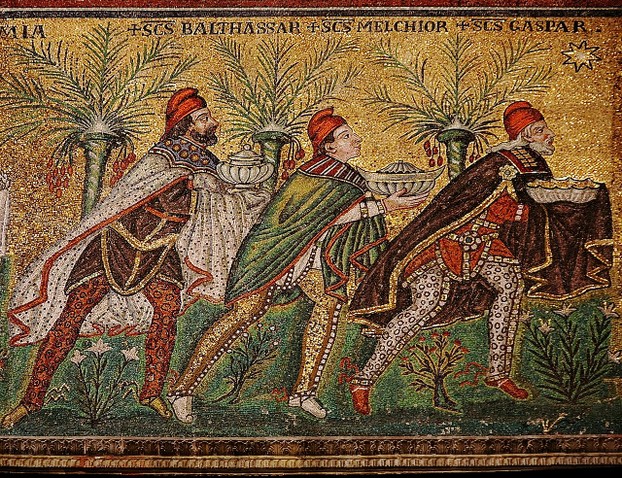
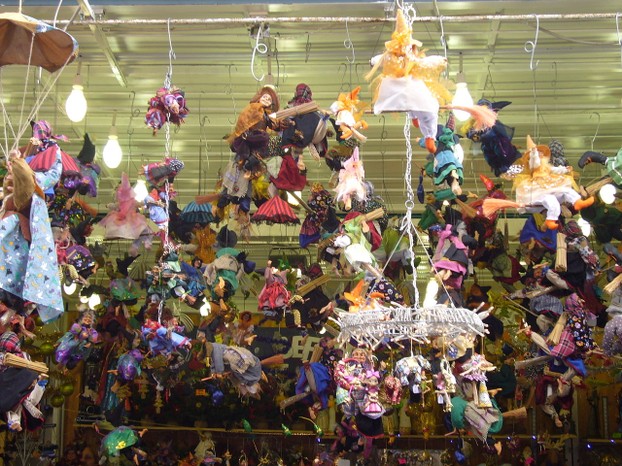
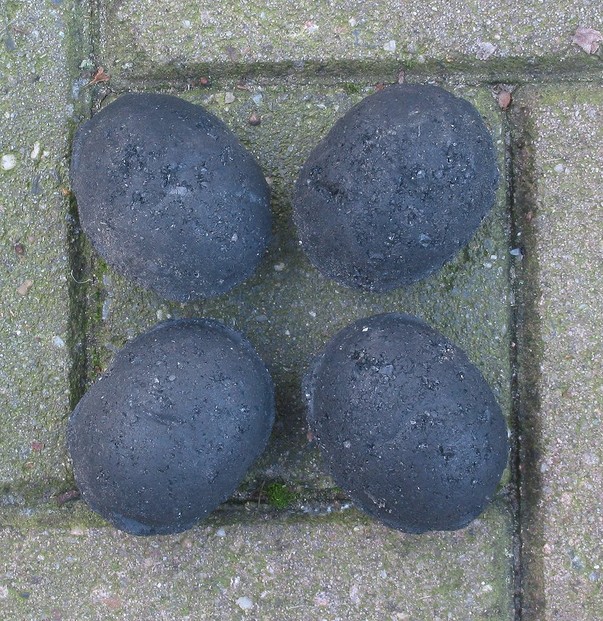
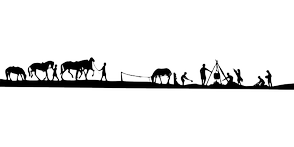

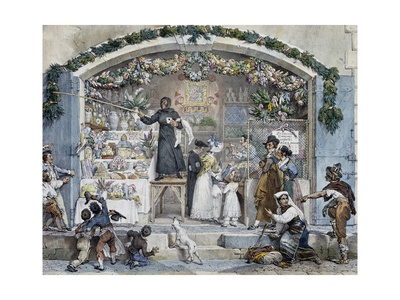
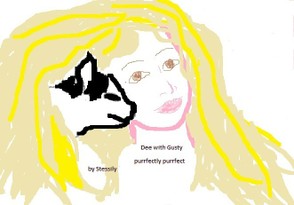
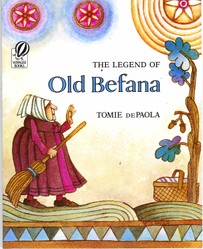

 Are Hawaiian Huakai Po Nightmarchers Avenging Halloween Thursday?on 10/02/2024
Are Hawaiian Huakai Po Nightmarchers Avenging Halloween Thursday?on 10/02/2024
 Mailing Addresses for 2023 Form 4868 Extending 1040 and 1040SR April 15, 2024, Due Dateon 04/15/2024
Mailing Addresses for 2023 Form 4868 Extending 1040 and 1040SR April 15, 2024, Due Dateon 04/15/2024
 Mailing Addresses for 2023 Forms 1040 and 1040SR Filed in 2024on 04/15/2024
Mailing Addresses for 2023 Forms 1040 and 1040SR Filed in 2024on 04/15/2024
 Mailing Addresses for 2022 Form 4868 Extending 1040 and 1040SR April 18, 2023, Due Dateon 04/13/2023
Mailing Addresses for 2022 Form 4868 Extending 1040 and 1040SR April 18, 2023, Due Dateon 04/13/2023

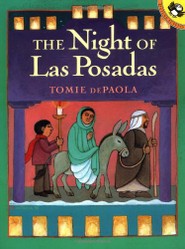
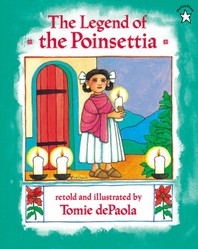
Comments
Mira, Yes, I agree: the Ravenna mosaic is beautiful!
That mosaic is beautiful :)